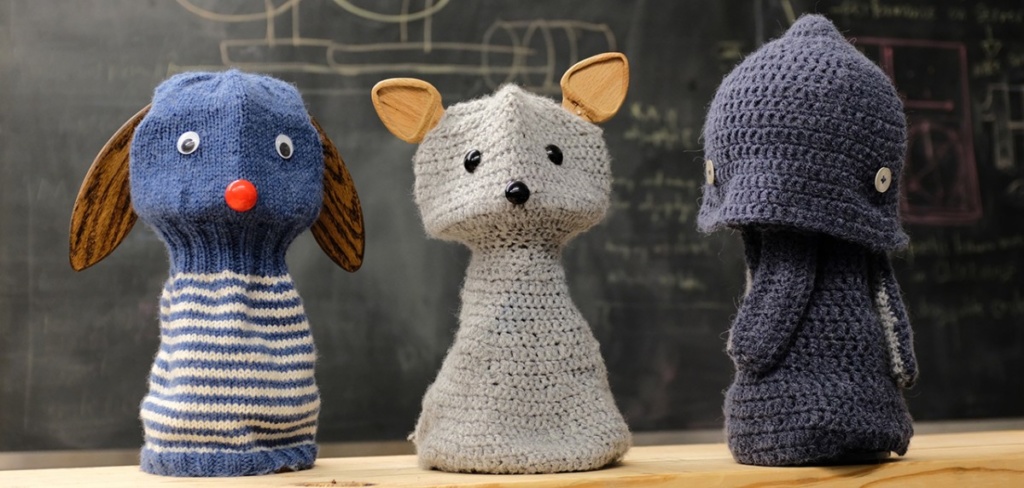模型:
flair/ner-english-ontonotes-large
 中文
中文English NER in Flair (Ontonotes large model)
This is the large 18-class NER model for English that ships with Flair .
F1-Score: 90.93 (Ontonotes)
Predicts 18 tags:
| tag | meaning |
|---|---|
| CARDINAL | cardinal value |
| DATE | date value |
| EVENT | event name |
| FAC | building name |
| GPE | geo-political entity |
| LANGUAGE | language name |
| LAW | law name |
| LOC | location name |
| MONEY | money name |
| NORP | affiliation |
| ORDINAL | ordinal value |
| ORG | organization name |
| PERCENT | percent value |
| PERSON | person name |
| PRODUCT | product name |
| QUANTITY | quantity value |
| TIME | time value |
| WORK_OF_ART | name of work of art |
Based on document-level XLM-R embeddings and FLERT .
Demo: How to use in Flair
Requires: Flair ( pip install flair )
from flair.data import Sentence
from flair.models import SequenceTagger
# load tagger
tagger = SequenceTagger.load("flair/ner-english-ontonotes-large")
# make example sentence
sentence = Sentence("On September 1st George won 1 dollar while watching Game of Thrones.")
# predict NER tags
tagger.predict(sentence)
# print sentence
print(sentence)
# print predicted NER spans
print('The following NER tags are found:')
# iterate over entities and print
for entity in sentence.get_spans('ner'):
print(entity)
This yields the following output:
Span [2,3]: "September 1st" [− Labels: DATE (1.0)] Span [4]: "George" [− Labels: PERSON (1.0)] Span [6,7]: "1 dollar" [− Labels: MONEY (1.0)] Span [10,11,12]: "Game of Thrones" [− Labels: WORK_OF_ART (1.0)]
So, the entities " September 1st " (labeled as a date ), " George " (labeled as a person ), " 1 dollar " (labeled as a money ) and "Game of Thrones" (labeled as a work of art ) are found in the sentence " On September 1st George Washington won 1 dollar while watching Game of Thrones ".
Training: Script to train this model
The following Flair script was used to train this model:
from flair.data import Corpus
from flair.datasets import ColumnCorpus
from flair.embeddings import WordEmbeddings, StackedEmbeddings, FlairEmbeddings
# 1. load the corpus (Ontonotes does not ship with Flair, you need to download and reformat into a column format yourself)
corpus: Corpus = ColumnCorpus(
"resources/tasks/onto-ner",
column_format={0: "text", 1: "pos", 2: "upos", 3: "ner"},
tag_to_bioes="ner",
)
# 2. what tag do we want to predict?
tag_type = 'ner'
# 3. make the tag dictionary from the corpus
tag_dictionary = corpus.make_tag_dictionary(tag_type=tag_type)
# 4. initialize fine-tuneable transformer embeddings WITH document context
from flair.embeddings import TransformerWordEmbeddings
embeddings = TransformerWordEmbeddings(
model='xlm-roberta-large',
layers="-1",
subtoken_pooling="first",
fine_tune=True,
use_context=True,
)
# 5. initialize bare-bones sequence tagger (no CRF, no RNN, no reprojection)
from flair.models import SequenceTagger
tagger = SequenceTagger(
hidden_size=256,
embeddings=embeddings,
tag_dictionary=tag_dictionary,
tag_type='ner',
use_crf=False,
use_rnn=False,
reproject_embeddings=False,
)
# 6. initialize trainer with AdamW optimizer
from flair.trainers import ModelTrainer
trainer = ModelTrainer(tagger, corpus, optimizer=torch.optim.AdamW)
# 7. run training with XLM parameters (20 epochs, small LR)
from torch.optim.lr_scheduler import OneCycleLR
trainer.train('resources/taggers/ner-english-ontonotes-large',
learning_rate=5.0e-6,
mini_batch_size=4,
mini_batch_chunk_size=1,
max_epochs=20,
scheduler=OneCycleLR,
embeddings_storage_mode='none',
weight_decay=0.,
)
Cite
Please cite the following paper when using this model.
@misc{schweter2020flert,
title={FLERT: Document-Level Features for Named Entity Recognition},
author={Stefan Schweter and Alan Akbik},
year={2020},
eprint={2011.06993},
archivePrefix={arXiv},
primaryClass={cs.CL}
}
Issues?
The Flair issue tracker is available here .




















